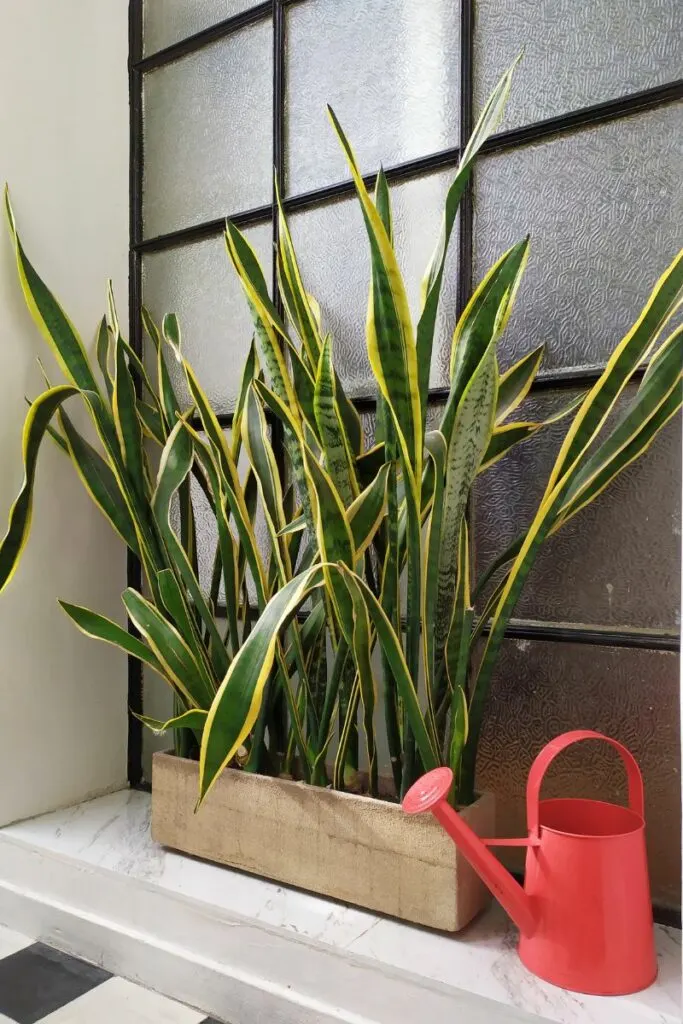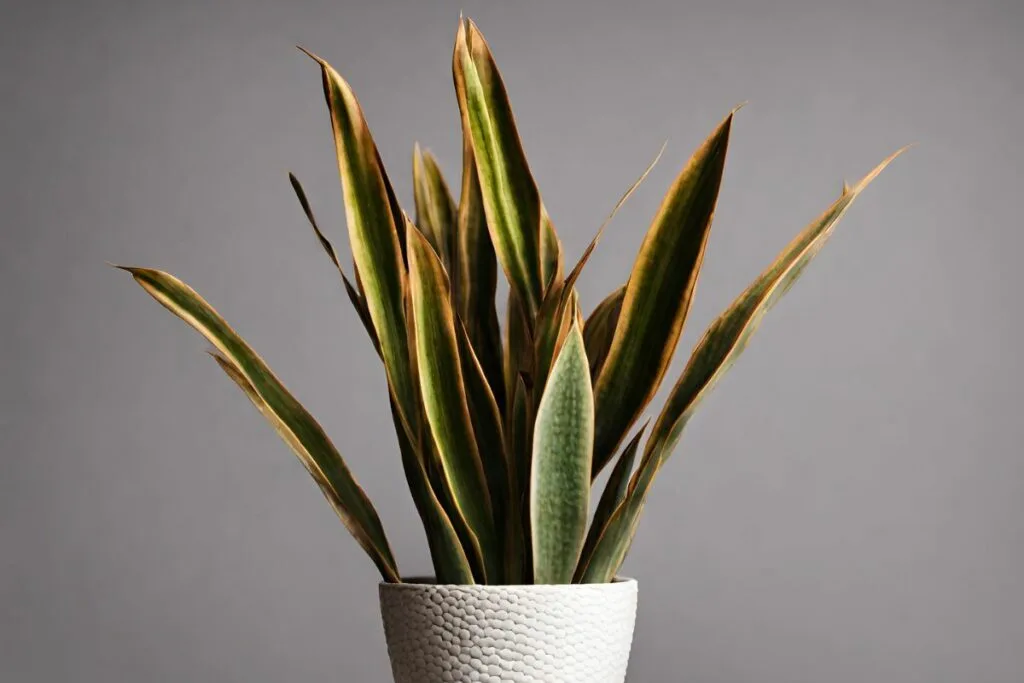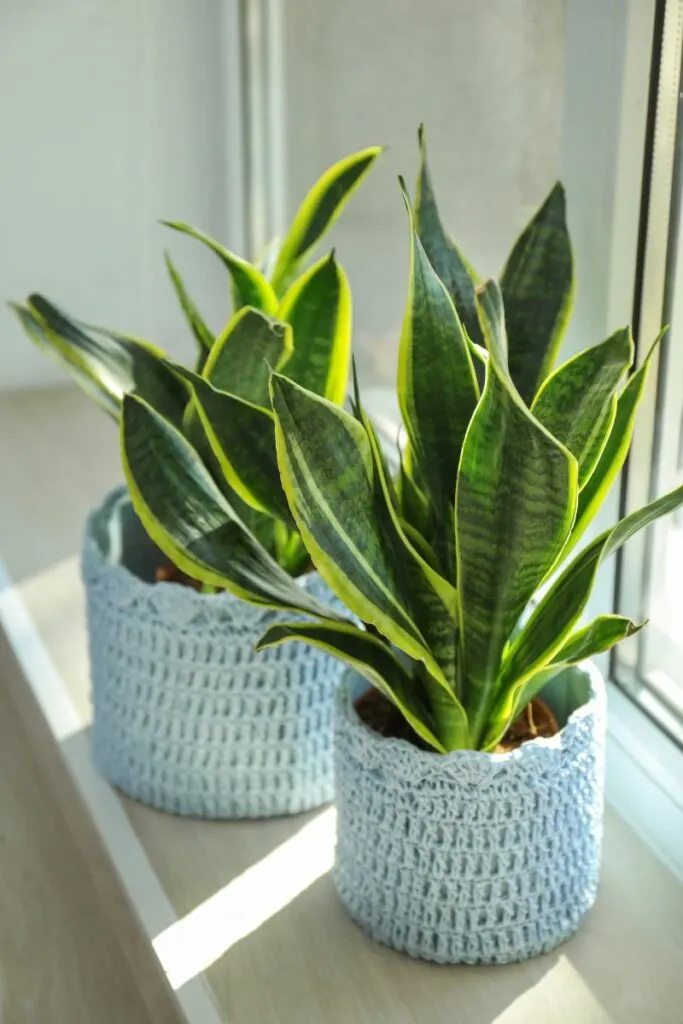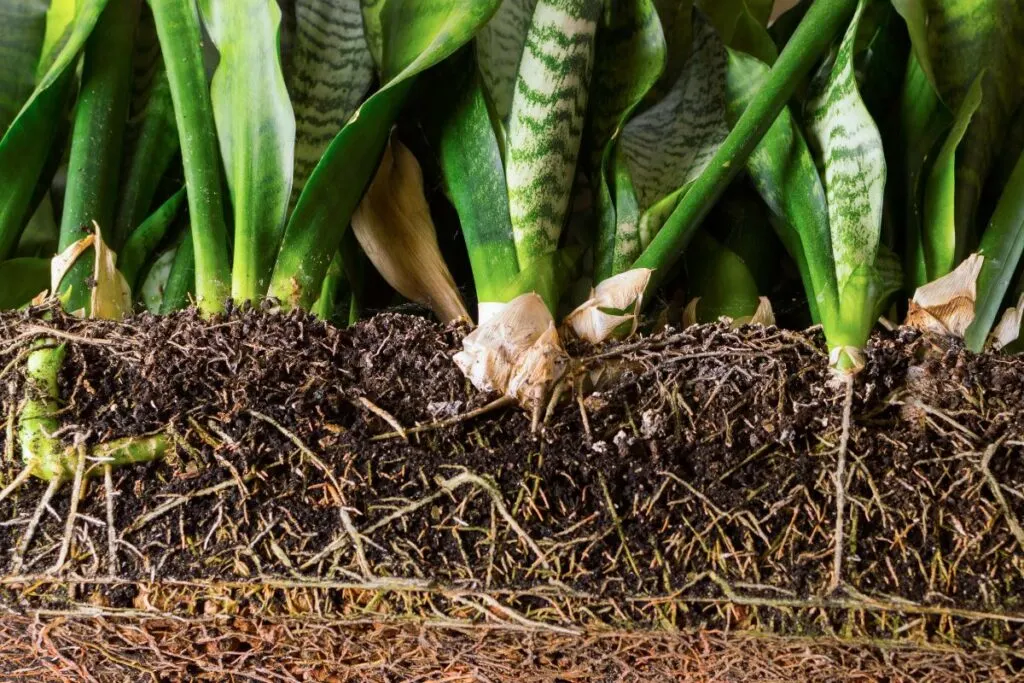Worried about your snake plant‘s health? Learn essential tips to revive a dying snake plant and keep it thriving.
If your snake plant’s seen better days, no worries – we’ve got your back.
Today, we’re going to show you how to save your wilting snake plant.
We’ll break it down into simple steps, addressing common issues like pests, diseases, lighting, watering, fertilization, and temperature.
With a touch of care and the right knowledge, you’ll be well on your way to restoring your snake plant to its vibrant, thriving self.

Spotting the Trouble: Signs of Dying Snake Plant
Before we jump into action, it’s important to recognize the signs that your snake plant is in trouble.
Even though snake plants are notoriously resilient, they’re not invincible. Here’s what to look out for:
Bad Odor from the Soil
If you catch a funky smell coming from your snake plant’s soil, it’s time to investigate.
That earthy, musty scent you’re getting? Chances are, it’s mold.
You might wonder how mold grows on houseplants. Well, it thrives in damp conditions. The fungus prefers warm, humid, and gloomy places.
So, if the soil stays wet for too long (maybe due to compacted soil, a pot without drainage, or just overwatering), mold might decide to move in.

Drooping Snake Plant
What happens if your snake plant is limp and lifeless but mostly upright? One of the reasons for this is overwatering.
A plant submerged in water will also droop because it is too dehydrated to appear healthy.
Snake plants can also droop due to poor lighting. Too little light keeps the plant from photosynthesizing, while too much light can scorch the foliage and reduce it to a sad shell of its former self.
Plus, extreme temperatures can stress it out big time.
If it’s shedding leaves, it might be going through transplant shock, cold stress, heat stress, or a mix of those.
Stunted Growth
Snake plants aren’t known for growing quickly, but they should keep a steady pace throughout the year.
When the growth of your snake plant slows down or stops entirely, there’s a much more serious problem than just a superficial one.
It could be craving something vital, like oxygen (due to overwatering) or more sunlight. Unsuitable temperatures can also stop the growth of a snake plant.

Off-Color Leaves
Unless your snake plant is variegated, its leaves should be mostly green.
Any other color, whether it be white, yellow, brown, black, or a combination, should be considered abnormal.
Discolored leaves are a clear indicator that your snake plant is dying. Underwatering, overwatering, too much or too little light, plant diseases, and low humidity can all affect the color of the leaves.
Ways to Revive a Dying Snake Plant
It’s time to step up your snake plant game and give it the care it needs to thrive once more.
Now that you’ve identified the issues, let’s talk about some simple ways to bring your snake plant back to life.
1. Maintain the Ideal Temperature Range
When it comes to temperature, snake plants are pretty easygoing. They’re happiest in a range of 65 to 85°F (18 to 29°C).
So, as long as you’re within that range, your snake plant should be just fine, whether it’s at home or in your office.
Your home shouldn’t become so chilly, which may result in dying snake plant leaves, even if you enjoy turning off the heat overnight in the autumn and early winter to save money.
Snake plants can handle a little chill, but try to keep the temperature above 55°F (12.8°C) to avoid any leaf droopiness.
And if you can’t control the thermostat at work or any event, don’t worry – snake plants can handle a variety of conditions.

2. Strike the Right Balance with Lighting
One of the reasons snake plants are so popular is their ability to adapt to different light levels.
They can thrive in both bright and low-light settings, which makes them pretty low-maintenance. But, here’s the catch: extreme lighting can become the issue.
Steer clear of intense, direct sunlight or total darkness.
If you notice your snake plant growing tall and leggy with lots of stems and fewer leaves, or it starts leaning dramatically, that’s a sign that you need to change lighting conditions and revive a dying snake plant.

3. Let the Soil Dry Out Before Watering
You should take great care not to overwater the snake plant because it can be the source of many of its most fatal symptoms.
The fingertip test is the greatest general guideline to avoid overwatering.
Stick your fingers into the soil and check for moisture.
Forget about strict watering schedules; your snake plant’s thirst varies with the seasons. It might need more water in the scorching summer and less during the cooler months.
Want more?
Despite their relative resistance, snake plants still need special attention. With that in mind, if you provide the proper care, a dying snake plant is less likely to happen!
For more in-depth info, check out our other articles!
Thanks for reading!


Hey there, I’m Morgan, a houseplant enthusiast from sunny Charleston, South Carolina. Growing up surrounded by my mom’s lush orchids and African violets, I discovered the magic of bringing nature indoors. Thanks to the pandemic, I delved deeper into houseplants, discovering their power to uplift moods and transform spaces. I’m here to spill all my secrets, helping you pick the perfect houseplant – and make it happy. Let’s keep your plants alive, together! 😊
